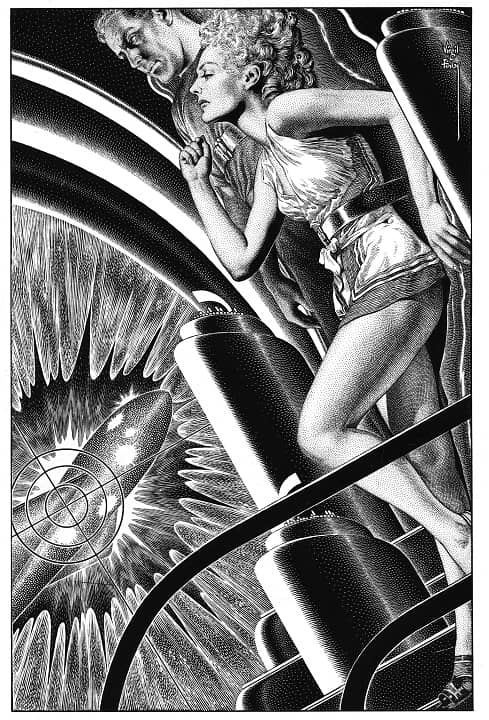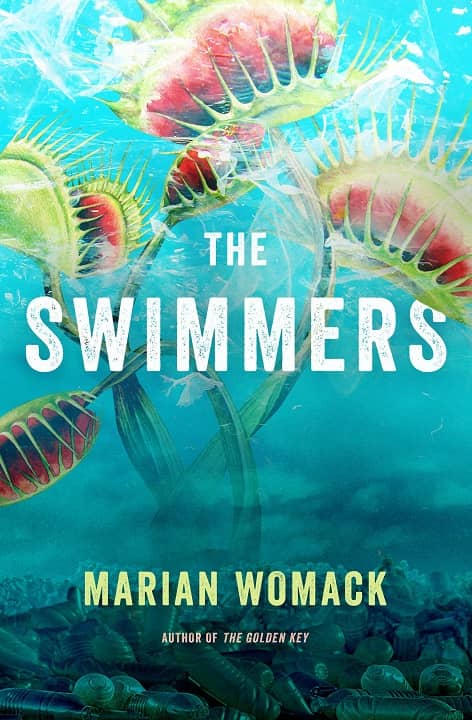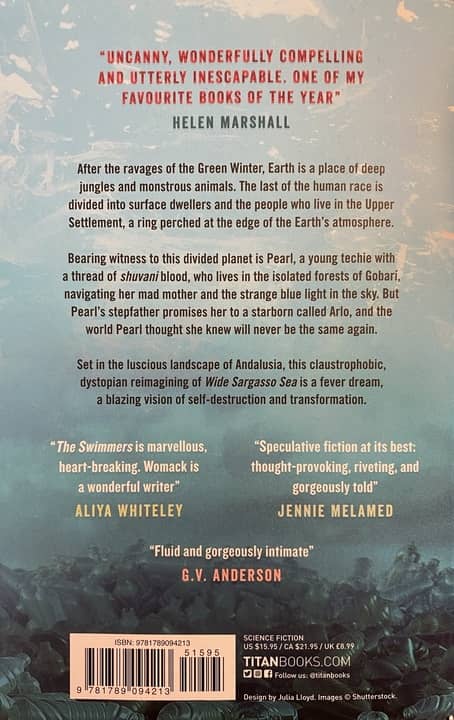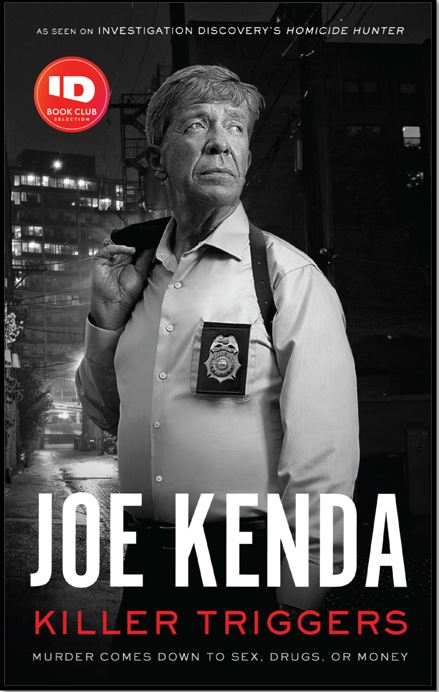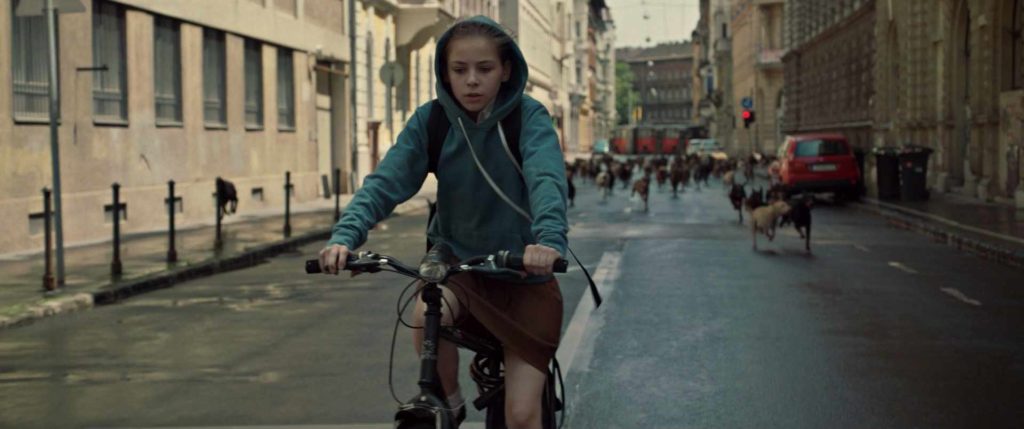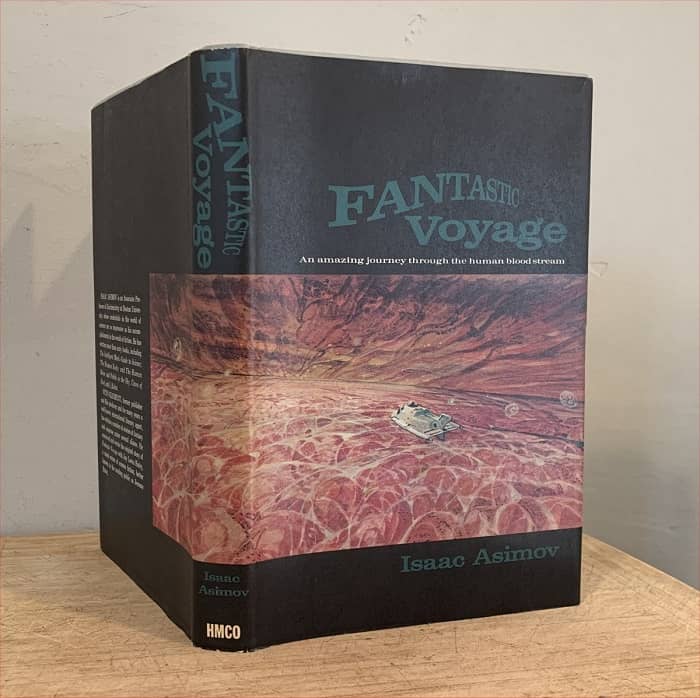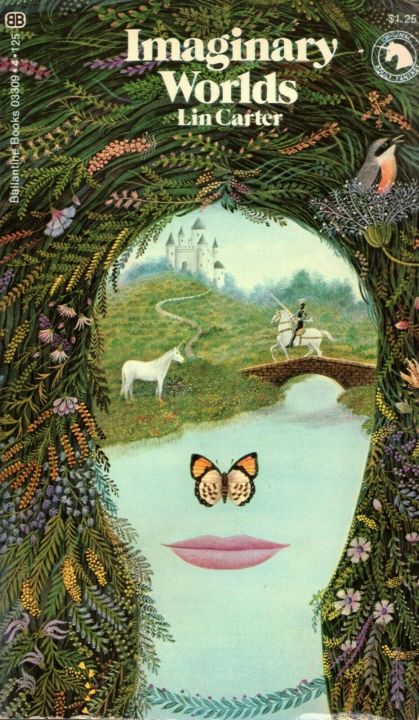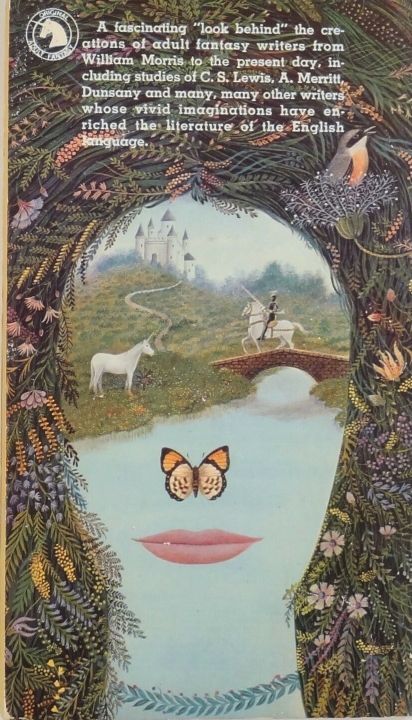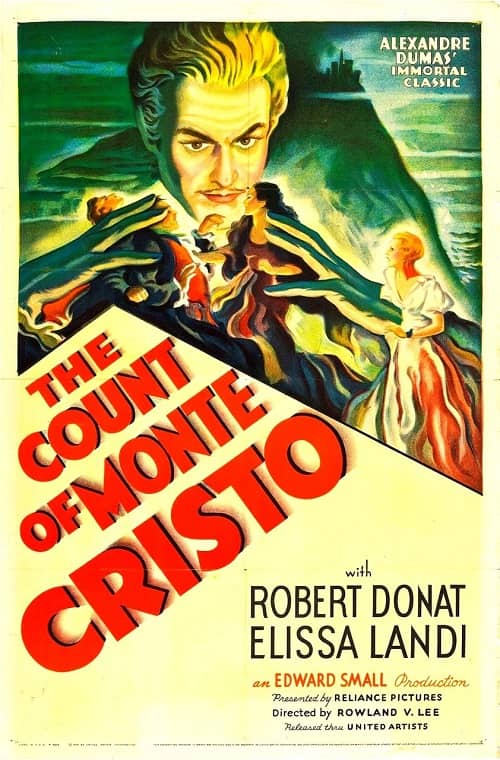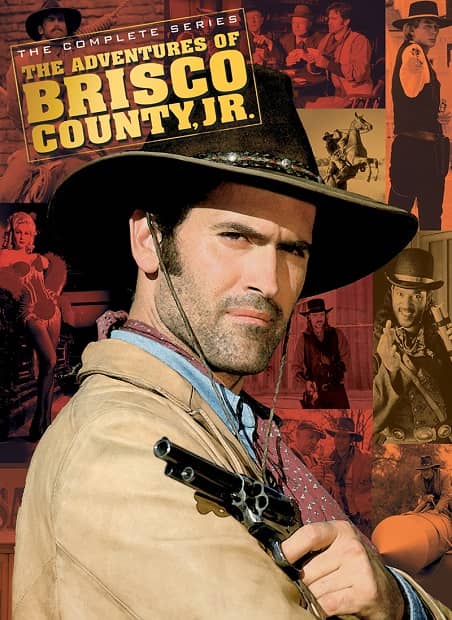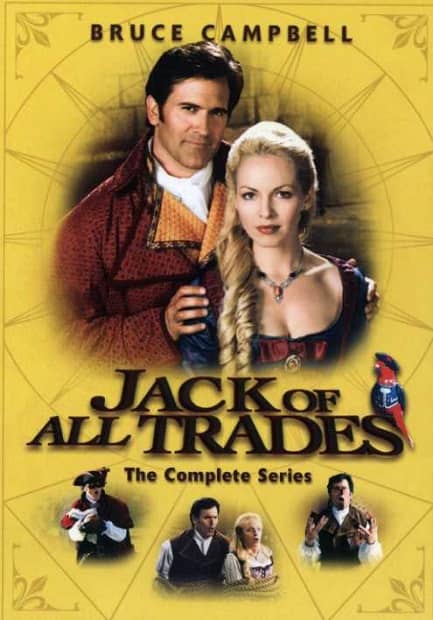Vintage Treasures: Where Do We Go From Here? edited by Isaac Asimov
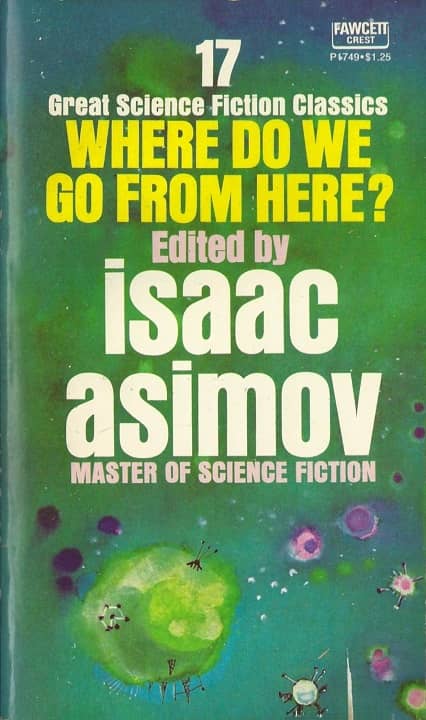 |
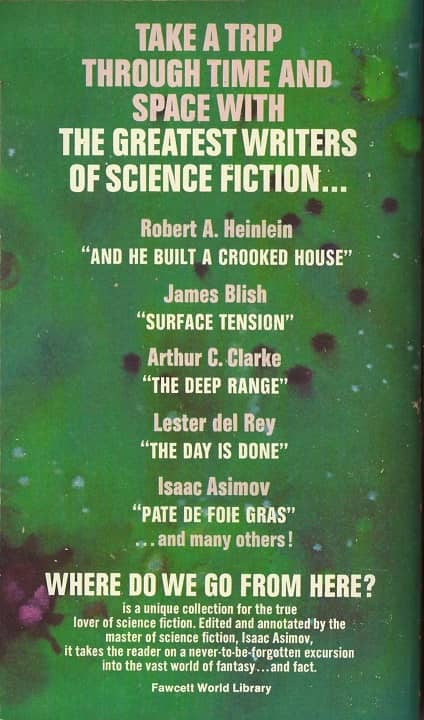 |
There are prolific anthologists, and there are very prolific anthologists, and there’s Isaac Asimov. The Internet Science Fiction database lists nearly 200 anthologies with his name on them, averaging around seven per year between 1963 and his death in 1992. (If you’re thinking, Geez that seems like a lot, let me clarify for you. Yes. It’s a lot.)
Of course, the vast majority of those were produced later in his career and in partnership with a team of editors, especially Martin H. Greenberg and Charles G. Waugh. In the early days Asimov compiled anthologies the old-fashioned way: by himself. It was the enduring, decades-long success of those books that paved the way for the massive literary-industrial complex to spring up around Asimov in the 80s and 90s. And he may have had no original anthology more successful or popular than Where Do We Go From Here?
Where Do We Go From Here? was published in hardcover by Doubleday in 1971, reprinted by Fawcett Crest in 1972, and kept in print in paperback for nearly ten years. It was one of the most popular and discussed SF anthologies of the decade, by a wide margin, and cemented Asimov’s reputation for curating — and selling — top-notch short fiction collections. It gathers stories by Stanley G. Weinbaum, John W. Campbell, Jr., Lester del Rey, Robert A. Heinlein, Hal Clement, James Blish, Jerome Bixby, Arthur C. Clarke, James E. Gunn, H. Beam Piper, Walter Tevis, Larry Niven, and others. Here’s the complete Table of Contents.
